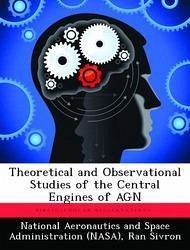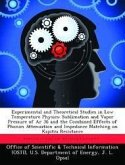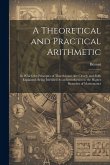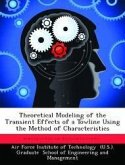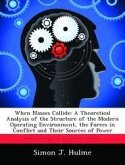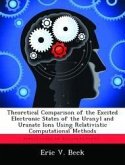In Active Galactic Nuclei (AGN) the luminosity is so intense that the effect of radiation pressure on a particle may exceed the gravitational attraction. It was shown that when such luminosities are reached, relatively cold (not completely ionized) thermal matter clouds may form in the central engines of AGN, where most of the luminosity originates. We show that the spectrum of emission from cold clouds embedded in hot relativistic matter is similar to the observed spectrum. We also show that within the hot relativistic matter, cold matter moves faster than the speed of sound or the Alfven speed, and shocks form. The shocks provide a mechanism by which a localized perturbation can propagate throughout the central engine. The shocked matter can emit the observed luminosity, and can explain the flux and spectral variability. It may also provide an efficient mechanism for the outward transfer of angular momentum and provide the outward flow of winds. With observations from X-ray satellites, emission features from the cold and hot matter may be revealed. Our analysis of X-ray data from the Seyfert 1 galaxy MCG - 6-30-15 over five years using detectors on the Ginga and Rosat satellites, revealed some interesting variable features. A source with hot matter emits non-thermal radiation which is Compton reflected from cold matter and then absorbed by warm (partially ionized) absorbing matter in the first model, which can be fit to the data if both the cold and warm absorbers are near the central engine. An alternative model in which the emission from the hot matter is partially covered by very warm matter (in which all elements except Iron are mostly ionized) is also successful. In this model the cold and warm matter may be at distances of up to 100 times the size of the central engine, well within the region where broad optical lines are produced. The flux variability is more naturally explained by the second model.
Hinweis: Dieser Artikel kann nur an eine deutsche Lieferadresse ausgeliefert werden.
Hinweis: Dieser Artikel kann nur an eine deutsche Lieferadresse ausgeliefert werden.

